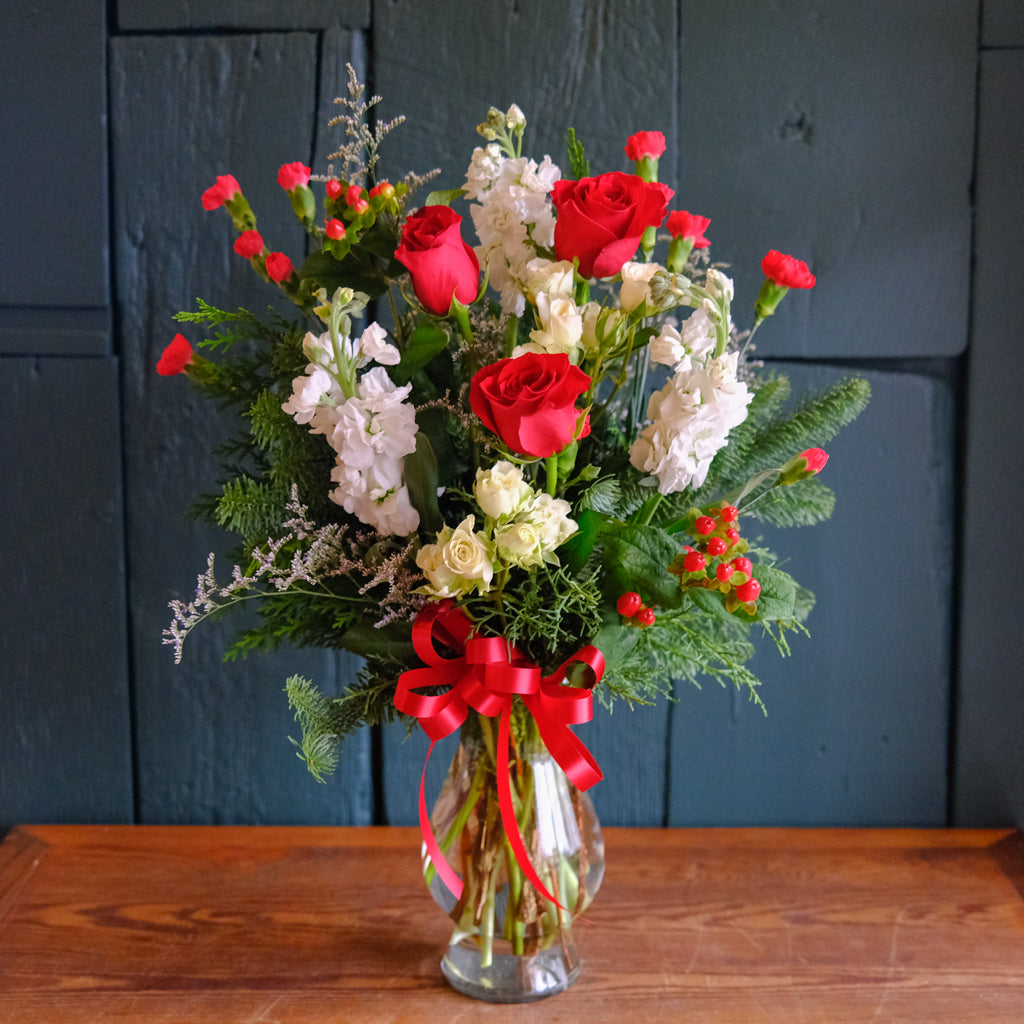An herbarium is a systemic repository of pressed plants - a little museum or collection that any Natural History Museum or research facility will have. The system of preserving plants has changed little in Western history, when they were first noted in Italy in the 1500s in the library of Luca Ghini, a physician and botanist. Physicians were the most consistent compilers of herbariums because plants were the primary source of medicine (and still are!). Craft persons, particularly dyers and weavers, also documented the useful plants they used in their work.
The largest collections of herbaria are found in great institutions like the Kew Gardens in London, England which boasts 7 million specimens, and in Komarov Botanical Institute at the Russian Academy of Sciences in St. Petersburg, Russia with 6 million specimens. The collection at the University of Kentucky has 50,000 specimens which has aided in the identification of countless plants, the publication of books and surveys of plant locations in the state.
So how do you make a pressed plant specimen sheet? Very simple actually!
- Plant Collection
- Pick plants that have as many identifying characteristics as possible, that means flowers, roots, spores, and fruit.
- Keep plants in a plastic bag to retain humidity - mist to keep them fresh!
- Preparing for Pressing
- Keep your pressing materials on hand. Rob keeps his in his car so as soon as he is finished hiking he can press them
- IDENTIFICATION - IDENTIFICATION - IDENTIFICATION - this is the most important part. Fresh plants are easier to identify - and the whole point of an herbarium is to have a catalog of accurately identified plants! Rob recommends the Plant Life of Kentucky: an Illustrated Guide to the Vascular Flora by Ronald L. Jones
- Pressing Layers
- Vent - the latticed shaped wood frame
- Blotter - soaks up moisture, cardboard is fine
- Newspaper - soaks up moisture
- Specimen - arrange the plant so all elements are featured, including the backs of leaves, remember to write down the identification on the newspaper or a slip
- Newspaper
- Blotter
- Add more specimens in this same pattern
- Vent
- Strap it all tightly together
- Keep in a drying oven at 100 degrees, or in a dry spot with good air circulation. I’ve heard keeping it in your vehicle also works during warmer seasons.
- Mounting - After specimen is dry you can mount on thick acid-free paper. The old fashioned way is to sew the specimen on, but Rob uses Elmers Glue
- Labeling - also most important! Label the sheet with the scientific name, place and time at collection, and any ecological context that seems pertinent.
- Storage - Most specimens are kept in labeled folders for easy access. Keep in a cool dry space!


